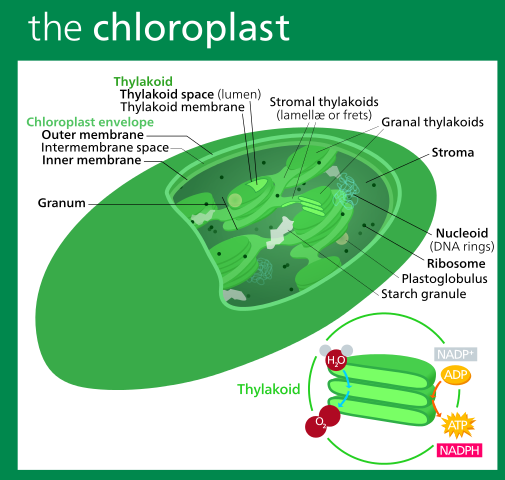Quite probably the most world-renowned architect of the 21st century, Zaha Hadid, has been recently commissioned to design a new fluid dynamics exhibition in the London Science Museum. It will certainly add much more depth than its current collection of stellated polyhedra, which was the only particularly mathematical exhibit I recall from the last time I visited (8th April).
You’ll certainly want to view Alex Bellos’s gallery of the exhibition, and then read his Guardian article announcing it.
Zaha Hadid’s architecture is based upon a contemporary style known as parametricism, which rejects the ideas of straight edges and rigid forms, favouring more natural forms such as the minimal surfaces imitated by soap films and encapsulated in the forthcoming exhibition.

Photo courtesy of archdaily.com. See http://inhalemag.com/zaha-hadid-architects-and-parametricism-the-new-architectural-style/ for more information.
My personal favourite of her masterpieces, entitled Galaxy Soho and depicted above, always reminds me of the internal structure of a chloroplast, with columns of thylakoids joined by integranal lamellae.

Image courtesy of Kelvin Song.
Anyway, one of the features of parametricism is the use of mathematical formulae to design buildings. This is actually an extraordinarily good idea for at least three reasons. Firstly, from a merely engineering standpoint, optimal structures are usually described by simple equations, such as the catenary (optimal self-supporting arch). Secondly, from an aesthetic perspective, simple equations typically yield pleasing, sensual forms. Thirdly, using simple equations eliminates the need for pages upon pages of excruciatingly detailed instructions.
In fact, how simple can we get? The epitome of our modern requirement for brevity is Twitter, which limits individual posts to 140 characters in length. Would it be conceivably possible to tweet an architectural design?
Wolfram has recently released its Tweet A Program initiative, whereby one can instruct it via Twitter to execute arbitrary Mathematica programs of at most 128 characters (since “@wolframtap ” occupies the other twelve characters) in the cloud, tweeting the result back to you.
So I decided to tweet a 126-character program to plot a pair of twin towers on the chloroplast theme. And it came back with this:
It resembles a couple of caterpillars waltzing in lime-flavoured jelly. I’m sure you can do much better; just write a Mathematica program of at most 128 characters, tweet it to @wolframtap, and retweet your parametric architecture back to me at @apgox.


Reminds me of the “sc140” project (http://supercollider.sourceforge.net/sc140/), an album of electronic music where each track is generated by at most 140 characters of code in the SuperCollider language.
That in turn reminds me of the three-part series of music from C programs at http://www.youtube.com/watch?v=GtQdIYUtAHg.
Which in turn reminds me of a paper on the subject (http://arxiv.org/pdf/1112.1368v1.pdf) and this neat introductory blog post: http://schemawound.com/post/58980873930/bitwise.